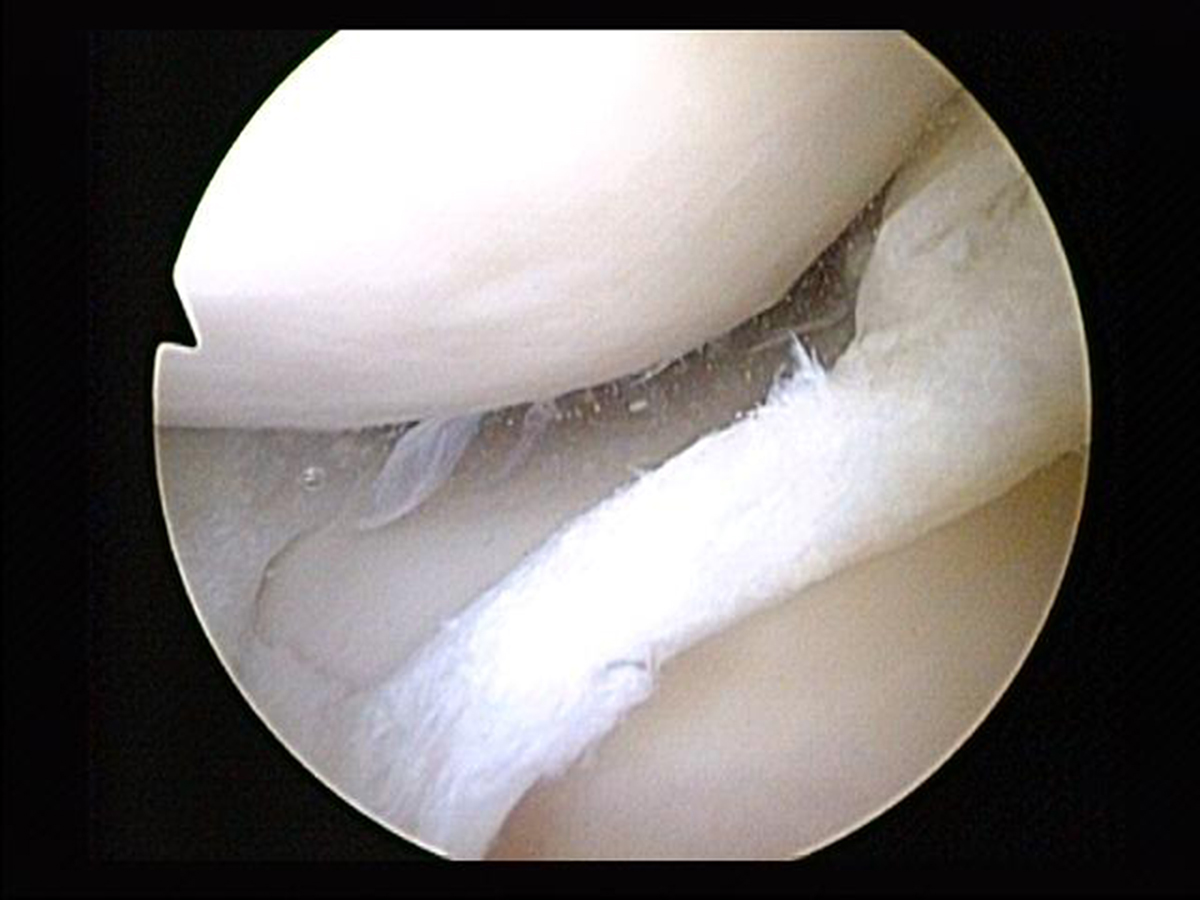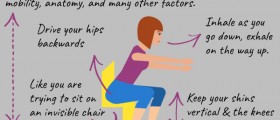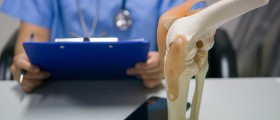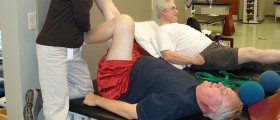
Meniscus cartilage injury
There are a lot of situations where the knee can get injured. However, injuries of this joint are most often seen in various sports like rugby, football and skiing. Tearing of the meniscus is a serious injury and it does not occur easily. When this type of injury occurs, a person usually makes an extremely strong movement with the knee while he or she is at the same time weight bearing on that same leg. Footballers experience this injury almost every time when they try to rotate the knee while the foot has not yet left the ground. The tear of the meniscus can be full or partial.Participating in sports is not the only way in which a person can end up suffering from tearing of the meniscus. There does not have to be some sudden and severe injury in order for that to happen. A lot of people develop the tear after suffering from a lot of repeated small injuries to the cartilage. The degeneration of the meniscal cartilage can lead to the tearing of the meniscus as well. However, this is almost always seen in old people. When a severe injury, that lead to the tearing of the meniscus occurred, additional damage to the certain knee parts can happen as well. Sprain is most often experienced in these situations.
The bad thing about this injury is that the meniscal cartilage does not heal quite well once it was torn. The main reason why that is so, is bad supply of blood. The centre area of the meniscus does not have any blood vessels at all and that is why the blood supply is so bad. Some blood vessels can be found in the outer edge of the meniscus and that is why small outer tears tend to heal, unlike large tears in the middle of the meniscus.The symptoms of this medical condition do not occur in every patient and situation. If degeneration leads to this condition there are never any symptoms as that process happens over a really long period of time. The type of the tear and the location will determine the symptoms. Pain is the most often experienced symptoms and it always becomes more severe when a person tries to straighten the leg. Not every patient will experience the same amount of pain as it can range from mild to severe. Swelling of the knee is another symptom that is almost always seen in this situation. 24 or 48 hours after the injury the knee will become larger in size. If degeneration is the cause of the tear, the swelling may be present for a few months. Knee functioning can also tell a person if he or she should suspect of meniscus tear. With this injury the person usually cannot straighten the knee fully and experiences pain whenever he or she walks. It is not uncommon for the knee to lock once and again. Some patients may even notice a clicking feeling during the movement. However, this does not necessarily mean that he or she is suffering from meniscus tear.
When a person goes to the hospital suspecting of a tear, the doctor will first examine the knee and ask the patient about the symptoms and the medical history. If the doctor suspects the injury as well, he or she will usually order an x-ray of the knee. The tear cannot be seen on an x-ray but the picture will show any damage to the bone. However, with an MRI the doctor will confirm the diagnosis.Rehabilitation with physical therapy
When the injury of the knee occurred the doctors always advise the patients to rest the knee and elevate it. Applying ice and using compressions is good as well. The ice will reduce the swelling. If the pain is severe, painkillers are advised as well. Additional treatment depends on several factors like the size and location of the tear, the symptoms, the age and general health of the patient. In case of small tears there is no need for surgery as the injury will heal on its own within six weeks. However, physiotherapy is advised in order for the muscles of the knee to become stronger.If the tear is a serious one and the symptoms do not go away, surgery is the best option. Arthroscopy is the most often way in which these surgeries are performed. Physiotherapy is essential after the surgical procedure. The goals of physical therapy is to get the knee functioning the way it used to before the injury and for it to become as flexible and strong as it used to be. Strength will reduce the chance of degeneration in the future.

















Your thoughts on this
Loading...